2022 News Archive
Highlighting articles from across industry, academia, medical research, and government that are relevant to TATRC's focus areas, mission and vision.
Some of these articles, websites, and hyperlinks are external and are not affiliated with the Department of Defense, and the Telemedicine & Advanced Technology Research Center.
The views, opinions and/or findings contained in this publication are those of the author(s)/company and do not necessarily reflect the views of the Department of Defense and should not be construed as an official DoD/Army position, policy or decision unless so designated by other documentation. No official endorsement should be made.
Reference herein to any specific commercial products, process, or service by trade name, trademark, manufacturer, or otherwise, does not necessarily constitute or imply its endorsement, recommendation, or favoring by the U.S. Government.
December 2022
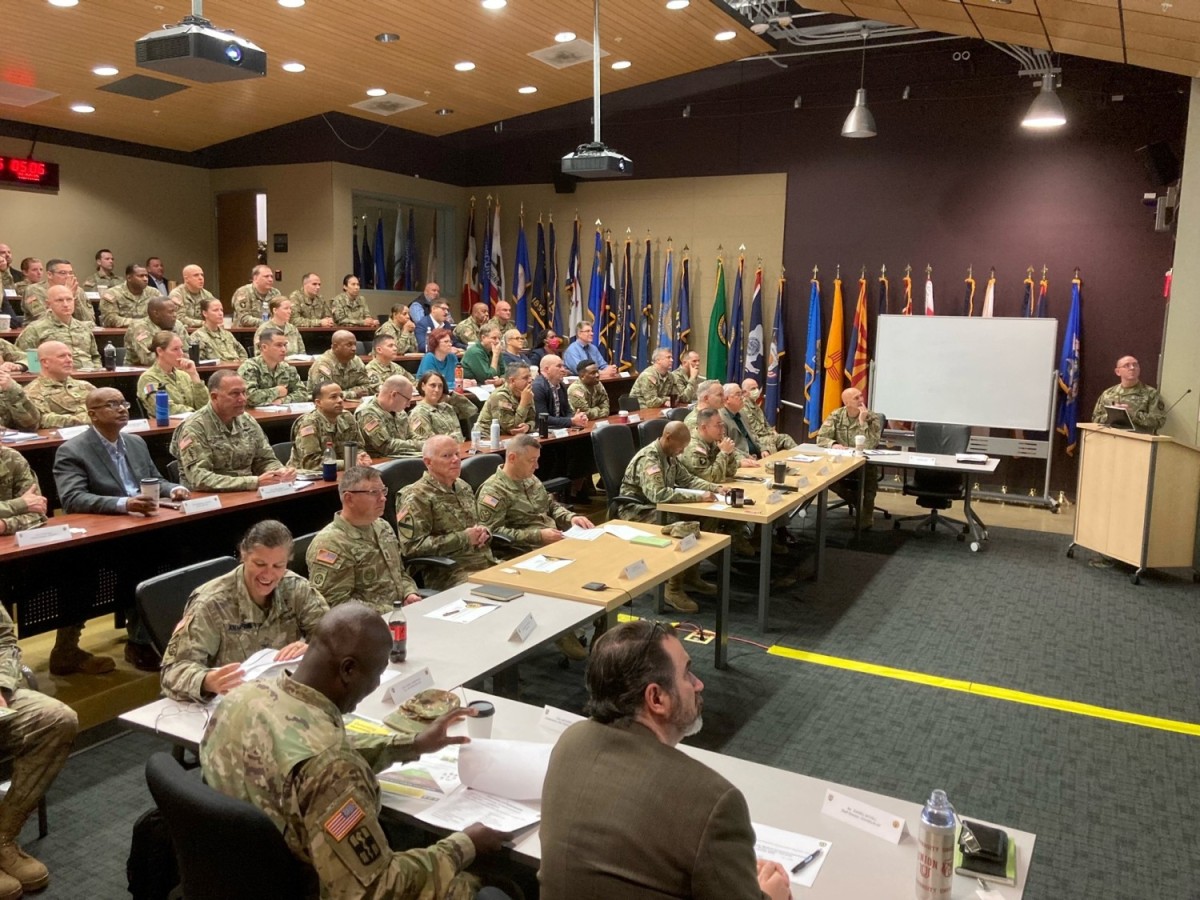
JOINT BASE SAN ANTONIO-FORT SAM HOUSTON, Texas – The Medical Capability Integration Directorate (MED CDID) hosted its culminating limited objective experiment for calendar year 2022: the Theater Medical Command (TMC) Experiment.
Read more
FORT BRAGG, N.C. — Critically ill patients now have access to 24/7 monitoring in the intensive care unit at Womack Army Medical Center (WAMC).
Read more(Tribune News Service) — Every morning and night for one month, Dean Peterson donned virtual reality goggles to help him fall asleep. Once a heavy sleeper, he hadn’t slept well since he had his lower left leg amputated in 2005.
Read moreNovember 2022

The US Army practiced drone-assisted battlefield blood delivery in a recent Project Convergence 22 exercise.
An FVR-90 drone flew with blood packages in the Mojave desert, dropping them off at Fort Irwin in a simulated mass-casualty situation.
Read more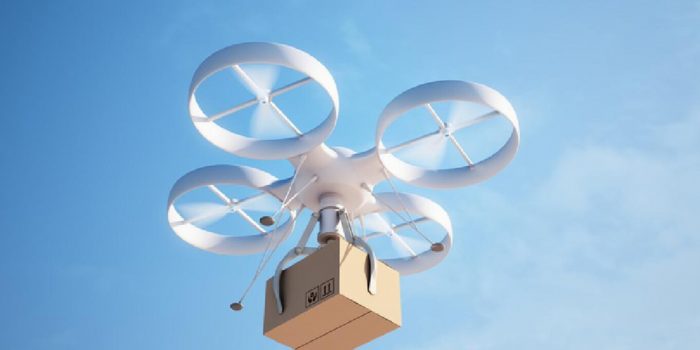
The US Army has successfully tested drones to deliver medical supplies to wounded warriors on a battlefield.
The training exercise was held in California. It was led by the US with militaries of other nations. Drones dropped simulated blood and other crucial medical supplies to soldiers as part of Project Crimson.
Read more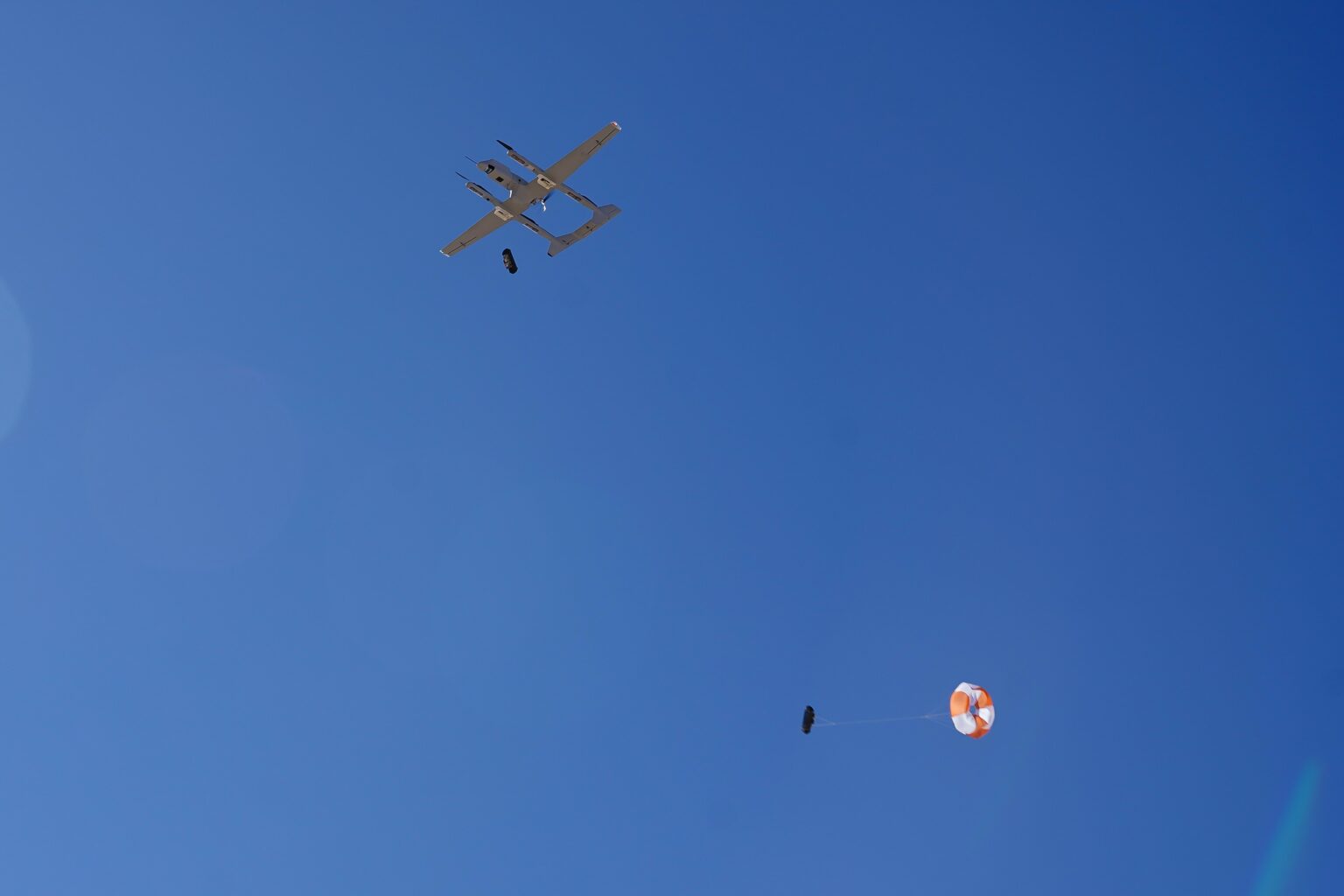
Army drones are dropping packages of simulated blood over the Mojave Desert in an effort to find better ways to rush medical supplies to wounded troops as quickly as possible.
Read more
Multinational partners conduct medical experimentation as part of Project Convergence 22. FORT IRWIN, Calif. — A buzz could be heard as a medical supply drone known as Project Crimson flew overhead to drop off packages of crucial medical field supplies to medics assisting wounded warriors.
Read more
OPTAC-X, a telehealth company based in Winter Park, announced it has entered a deal to provide U.S. Army Special Operations Command (USASOC) and the John F. Kennedy Special Warfare Center and School (SWCS) with a global hybrid LTE and SATCOM enabled telehealth system.
Read more
ST. LOUIS (KMOV) -- A local Army veteran served as a combat medic for years. He invented a device to help train field medics to insert IVs, give shots and perform tracheotomies.
Read more
Sloane Guy is a nationally renowned robotic heart surgeon who uses the latest technology to repair patients' hearts, but it was during his military deployments in the Middle East — stitching up wounded soldiers under rocket fire — where he honed his steady hand.
Read moreIn a long-anticipated demonstration, an unmanned Black Hawk helicopter flew for a prolonged period, navigated varied terrain and performed tasks that helicopter crews would perform on the battlefield.
Read more
ORLANDO, Fla., Nov. 1, 2022 /PRNewswire/ -- OPTAC-X, a telehealth company, today announced it has entered a deal to provide U.S. Army Special Operations Command (USASOC) and the John F. Kennedy Special Warfare Center and School (SWCS) with a global hybrid LTE and SATCOM enabled telehealth system.
Read moreOctober 2022
:quality(70)/cloudfront-us-east-1.images.arcpublishing.com/archetype/GDNTBVDCUZB3DJGTBQHRDH5ZDQ.jpg)
WASHINGTON — As the Army modernizes for large-scale, high-casualty combat, its medical branch must keep up with the pace of battle.
Read more:quality(70)/cloudfront-us-east-1.images.arcpublishing.com/archetype/5GPXBIYDUVG6XIREB5DVNN2UQE.jpg)
WASHINGTON — Quickly identifying and treating serious wounds is an age-old problem that’s killed countless soldiers, but it could see a solution in new technology that uses embedded sensors to detect, alert and one day treat injuries.
Read more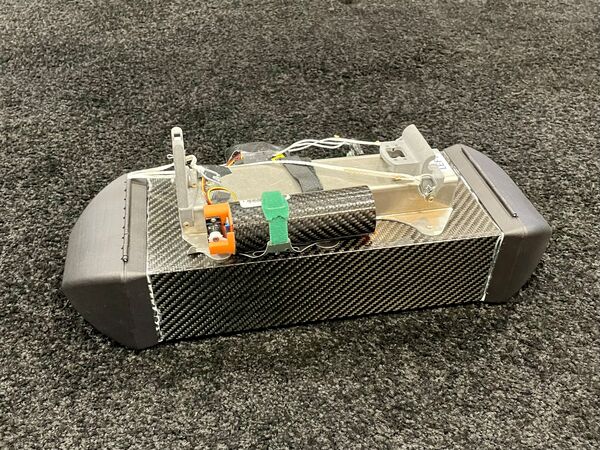
US Army Medical Research and Development Command (USAMRDC) is developing a device to deliver whole blood and other medical supplies via an unmanned aircraft system (UAS).
Read more
The Army has a lot to learn and a lot to develop to prepare for large-scale, high-casualty and remote wars.
Read more
WASHINGTON — Quickly identifying and treating serious wounds is an age-old problem that’s killed countless soldiers, but it could see a solution in new technology that uses embedded sensors to detect, alert and one day treat injuries.
Read more
LANSING, Mich. – To help remove barriers and ensure more Michiganders have access to COVID-19 outpatient treatments, the Michigan Department of Health and Human Services (MDHHS) is offering a Test to Treat program at 13 locations across the state that offer no-cost testing and telehealth services.
Read moreSeptember 2022
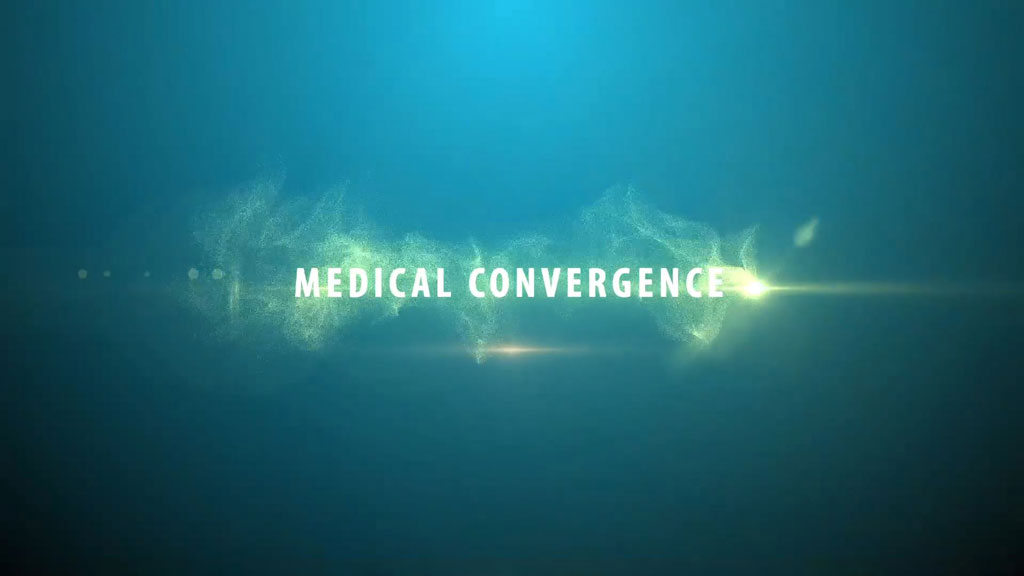
The Army Medical Research and Development Command is committed to providing solutions that address the military's unique medical readiness requirements. At MRDC, our medical research laboratories and subordinate commands execute science, technology and acquisition programs that investigate medical solutions for the battlefield.
Read more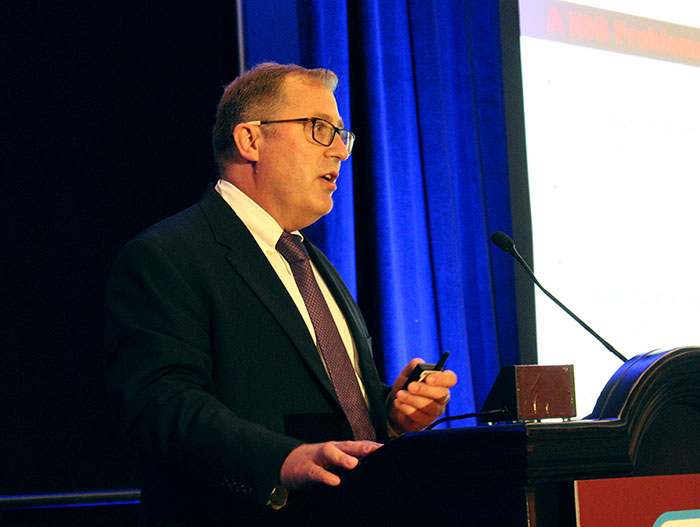
Addressing a plenary session crowd on the topic of virtual health technologies at the 2022 Military Health System Research Symposium, Matthew Quinn, science director at the U.S. Army Medical Research and Development Command's Telemedicine and Advanced Technology Research Center, couldn't help but peek into the future.
Read moreAugust 2022

At the height of the pandemic, nearly 90 percent of respiratory care leaders believed there was a shortage of respiratory therapists in their regions, a new study finds. And COVID-19 was defined by respiratory transmission, which meant each entry into a patient’s room put nurses and operators at risk.
Read moreJuly 2022

Service leaders will boost research into synthetic blood, quantum computing, and more.
Read more
Natural and human-caused disasters can provide medical school hopefuls opportunities to help and to gain valuable skills.
Read moreMay 2022

The Army Medical Research and Development Command is committed to providing solutions that address the military's unique medical readiness requirements. At MRDC, our medical research laboratories and subordinate commands execute science, technology and acquisition programs that investigate medical solutions for the battlefield.
Read moreApril 2022

RED SPRINGS — Two drone demonstrations took place Wednesday at Emerging Technology Institute where attendees learned of drone technology that can be used to transport items like blood or supplies needed to soldiers on the battlefield.
Read moreMarch 2022
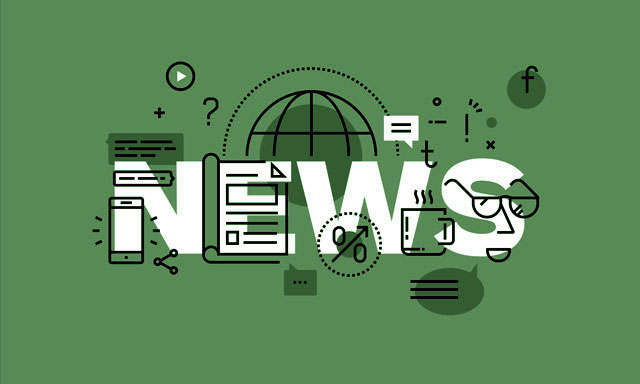
Project is a M*A*S*H-up of machine learning and battlefield decision-making
A new DARPA initiative aims to ultimately give AI systems the same complex, rapid decision-making capabilities as military medical staff and trauma surgeons who are in the field of battle.
Read more
He’s only been at the U.S. Army Medical Research and Development Command for a few weeks, but Joseph Holland is already knee-deep in meetings and paperwork, fielding calls from both command leadership and laboratory personnel across the country.
Read more
AUSTIN, Texas — As the U.S. Army continues modernization efforts to make Soldiers and units more lethal to deploy, fight and win our nation's wars, experts across the Army are developing concepts to meet future challenges.
Read more